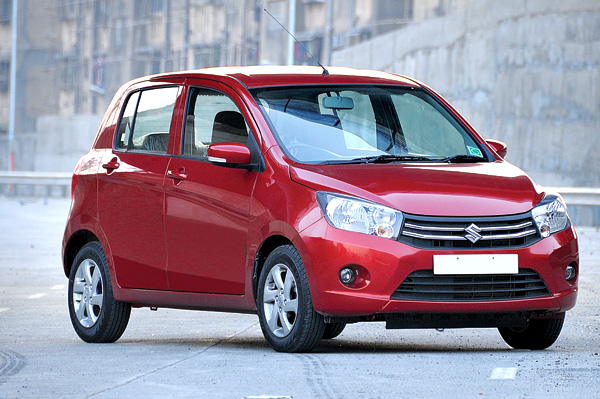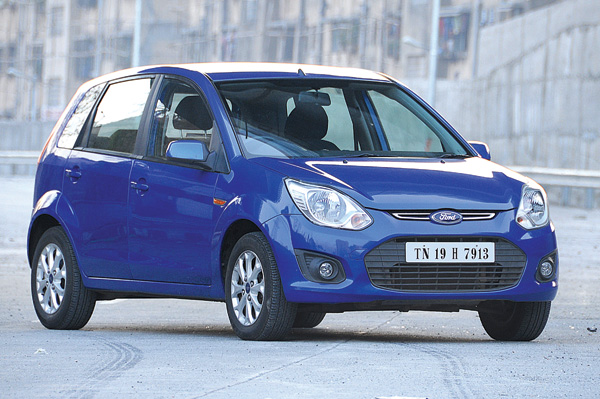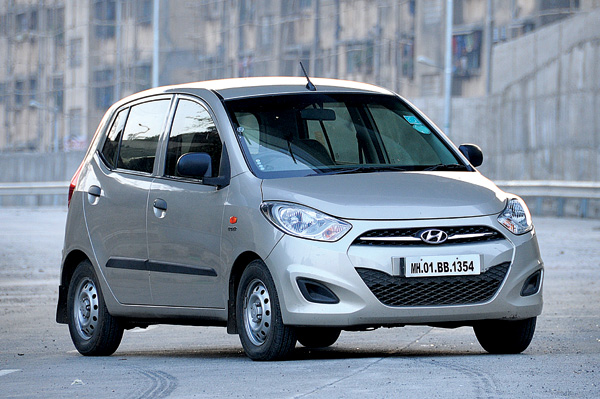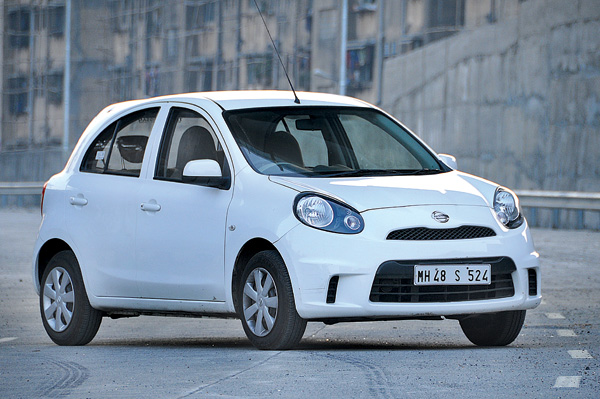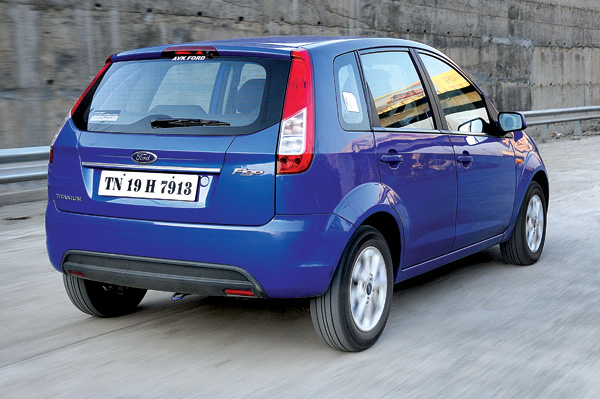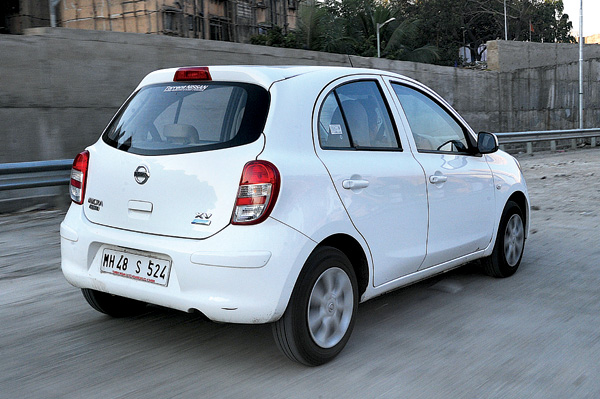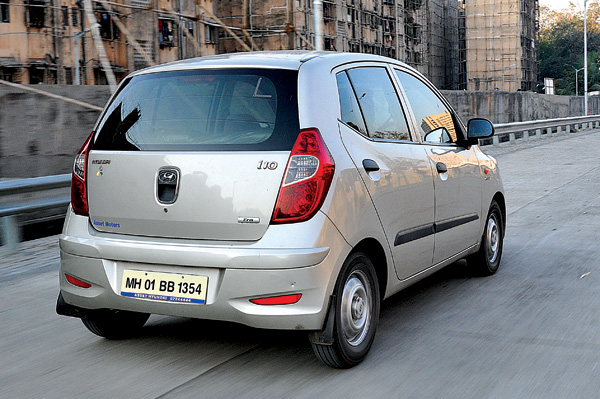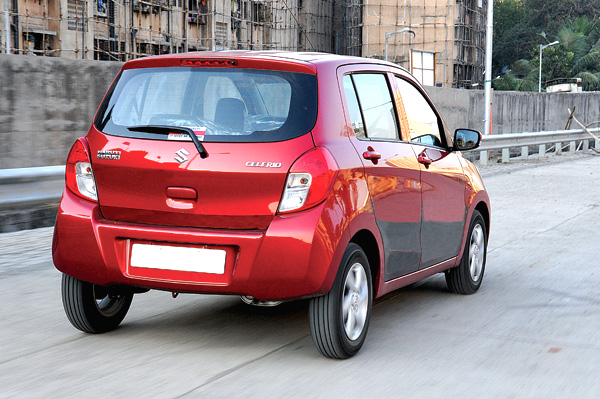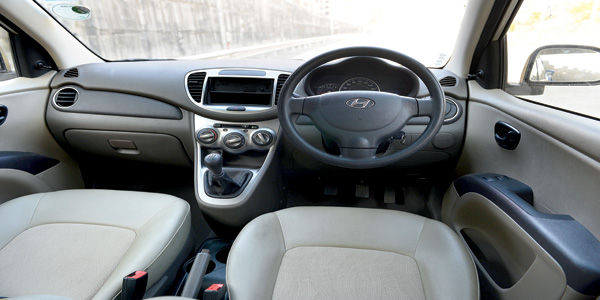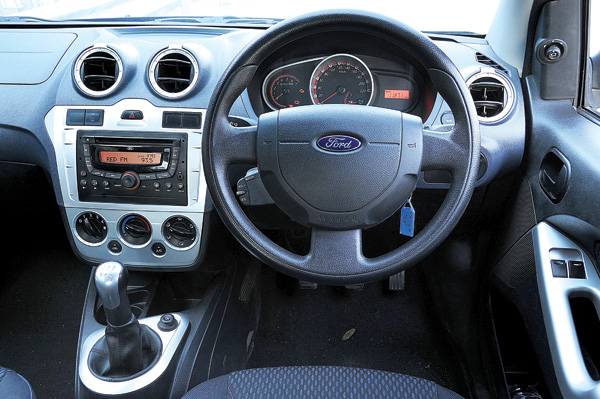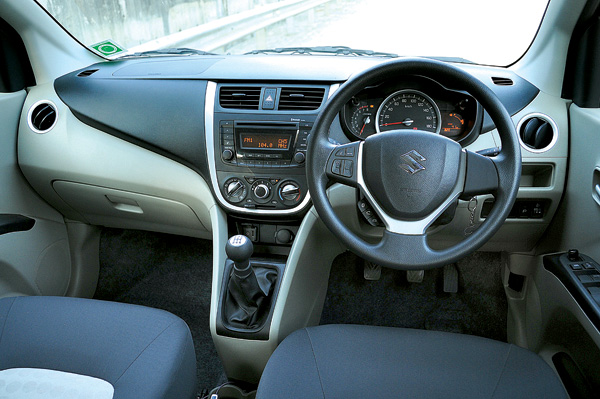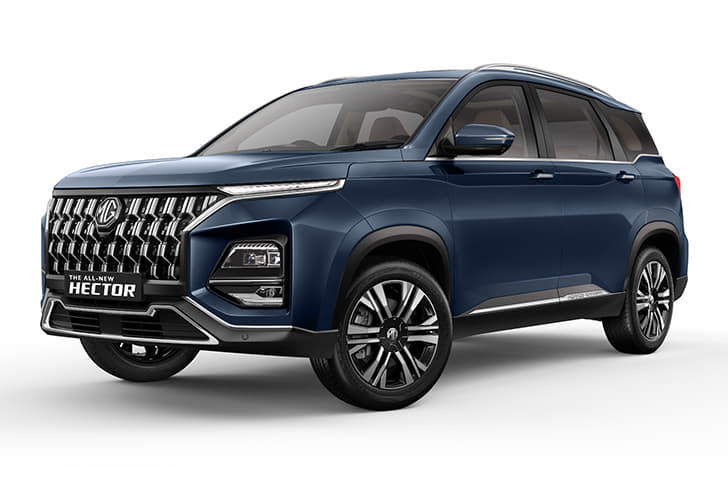Whenever Maruti launches a car in India, it’s welcomed with a lot of enthusiasm, and when it’s a compact car, this enthusiasm reaches a whole new level. With the launch of the Celerio, Maruti wants to make its bestselling small car line-up even stronger. The car’s neatly styled exterior, combined with its space and practicality, promises a lot. That it’s well priced and has the company’s proven 1.0-litre K10 petrol engine under the hood just adds to its overall appeal. But in a small car-crazed country where there is no shortage of options, is the Celerio the pick of the lot? We’ve lined it up against three of its rivals to find out.
Nissan’s cut-price Micra Active is a big hatch for the price of a small one. It’s got the basics down right – space, practicality, power and proven mechanicals, and the same can be said about the Figo. The little Ford was always a good value-for-money car and its appeal lies in the fact that it offers a large overall package. The i10 was the de-facto choice in this segment for a long time and is still a very accomplished product. So, which one should you go for – Maruti’s fresh take on the urban hatch, the Nissan, the Ford or the Hyundai? One thing’s for sure, they all give you plenty of car for the money.
Performance
Maruti’s Celerio is powered by the now familiar 1.0-litre ‘K10’ petrol engine that does duty in the Wagon R and the Alto K10. But this is an upgraded version, and it shows. The first thing you realise when you set off is that this motor is really happy to rev; the flexible engine makes the Celerio feel light and agile. Even on the highway, overtaking is easy and the Maruti needs only a shift or two to accelerate with enthusiasm. As a result, performance figures are quite impressive – the sprint to 100kph takes 14.24 seconds. You’d never guess that it has the smallest engine here.
However, the engine isn’t perfect. It gets noisy after 4,000rpm and it takes a bit of time to get into its stride. Also, there is a degree of jerkiness when you’re negotiating stop-start traffic, since the three-cylinder engine doesn’t run as smoothly as an equivalent four-cylinder one.It isn’t smooth at idle either; the cabin shudders when you’re at a standstill because of the low idle speed.
The Micra Active, on the other hand, feels much more responsive at low engine speeds. The lower power output of 67bhp, compared to the 76bhp on the standard Micra, is down to Nissan tuning the engine for city use, and this is clearly evident when you drive the car. The bigger 1.2-litre motor feels peppy and flexible from the word go and, despite also being a three-cylinder motor, vibrations are kept in check. Since its engine is larger than the Celerio’s, the Active has better pulling power too. It pulls quite well from low speeds and spins quite freely to its 5,200rpm redline. On the downside, there is a fair bit of engine noise when the motor is worked hard. It is also difficult to modulate the accelerator, as the engine responds too strongly at times.
The i10’s ‘iRDE 2’ engine has strong responses at low speeds like the Micra, but once past 2,500rpm, the power delivery flattens out. It is probably the most rev-happy engine here, though it’s best to up-shift early and keep the motor at moderate revs. This is because it feels strained towards the higher ranges of its powerband.
What’s nice is the dashboard-mounted gearlever, which is easy to shift; the next gear is just a flick of your wrist away.
The Figo’s ‘Duratec’ engine, on paper, should be a strong contender, thanks to its larger, 1.2-litre size and four-cylinder layout. But when you drive it, you come away unimpressed. The power output of the motor is a meagre 70bhp. It responds well and the Figo keeps up with traffic easily, but ask any more of it and you will be disappointed. Once past 2,500rpm, power delivery is quite weak and you need to down-shift quite rapidly to keep progress respectable.
As a result, flat-out acceleration to 100kph takes a leisurely 16.3 seconds. The Figo’s hefty 1105kg weight is also a contributing factor. However, Ford’s five-speed gearbox is light, precise and feels the best to use in this test.

